8 years and 10 million images contributed by the Pokémon Go community
According to information published by Niantic - the developer of the game Pokémon Go, they are developing a Large Geospatial Model (LGM), applying image data and geographic coordinates from their mobile games, especially Pokémon Go and the Scaniverse application.
Unlike conventional AI models that use text, audio, or video data from the internet, LGM is built from more than 10 million real-world location images contributed by users over the past eight years. On average, about 1 million new scans are uploaded by users every week. Most of these scans are from the perspective of pedestrians, providing valuable data in areas that are inaccessible by car or street camera.
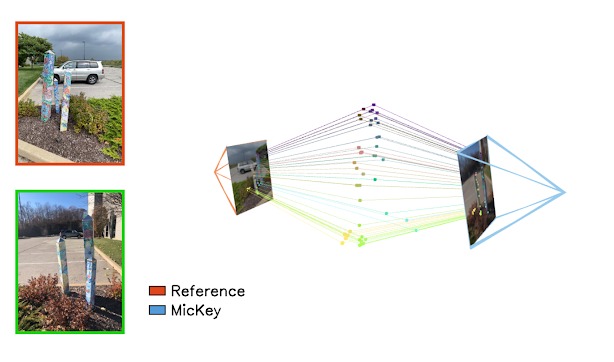
Illustration of how Niantic uses data from different perspectives to build accurate 3D models of space
LGM model development process
For five years, Niantic has been working on a Visual Positioning System (VPS). This system allows location and direction to be determined from a single image, based on a 3D map created from user image data. From there, LGM was conceived as a step further, processing physical space through geotagged images, similar to the way large language models (LLM) process text and natural language.
Niantic says it has trained more than 50 million neural networks, each representing a specific location or perspective. These neural networks compress thousands of images into digital representations, with a total of 150 trillion parameters. Combining the local networks, Niantic hopes LGM will be able to recognize any location in the world, even if the images were taken from previously unseen angles.
Niantic describes the power of LGM with an example: “If you’re standing behind a church and the model only recognizes the front door, it doesn’t know where you are. But with LGM, we have data from thousands of churches around the world. Even though churches aren’t exactly the same, they share similar architectural features. LGM uses that knowledge to recognize you.”
LGM is an evolution of the current Lightship VPS positioning system, which allows players to place virtual items in real space with centimeter accuracy. The Pokémon Playgrounds feature in Pokémon Go demonstrated this capability, allowing Pokémon to be placed in real-world locations for others to find.
In addition to supporting augmented reality (AR) and mixed reality (MR) products, Niantic says LGM opens up potential in many other areas such as robotics, automation, autonomous vehicles, logistics, and space planning.
The question, however, is whether Pokémon Go players are fully aware that the data they generate is being used to develop AI. While this may be mentioned in the game's terms of service, the details have only recently become public. The incident could cause a backlash in the coming months, as players become increasingly concerned about their privacy and how their data is used.
Source: https://thanhnien.vn/niantic-dung-du-lieu-pokemon-go-de-phat-trien-mo-hinh-ai-dinh-vi-185241120235020012.htm
























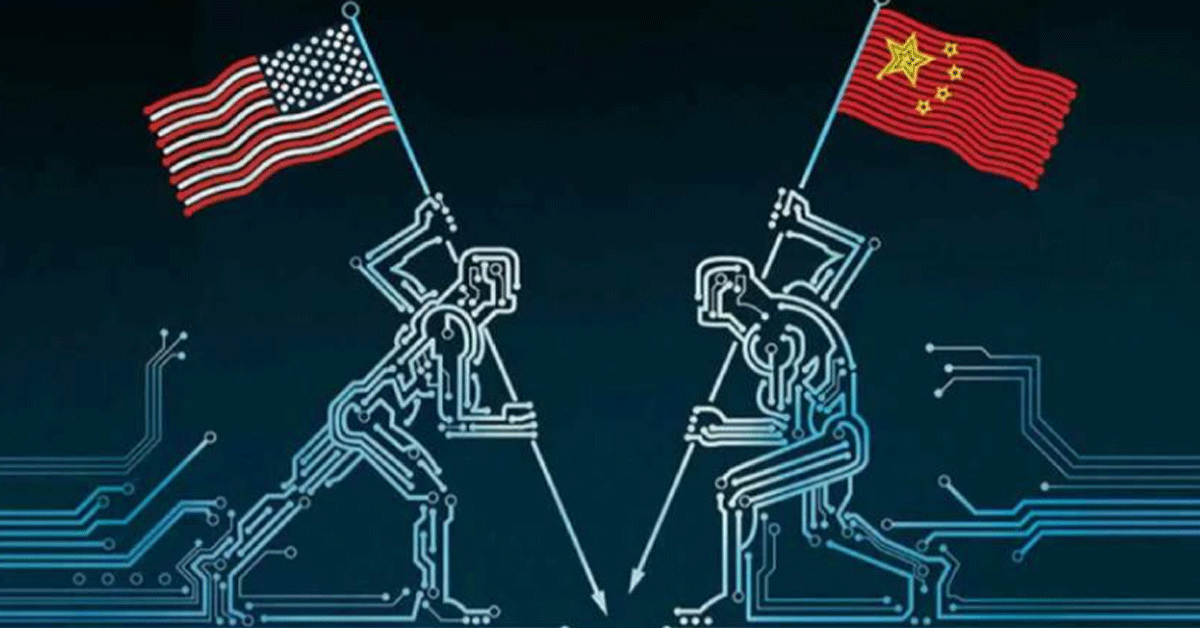

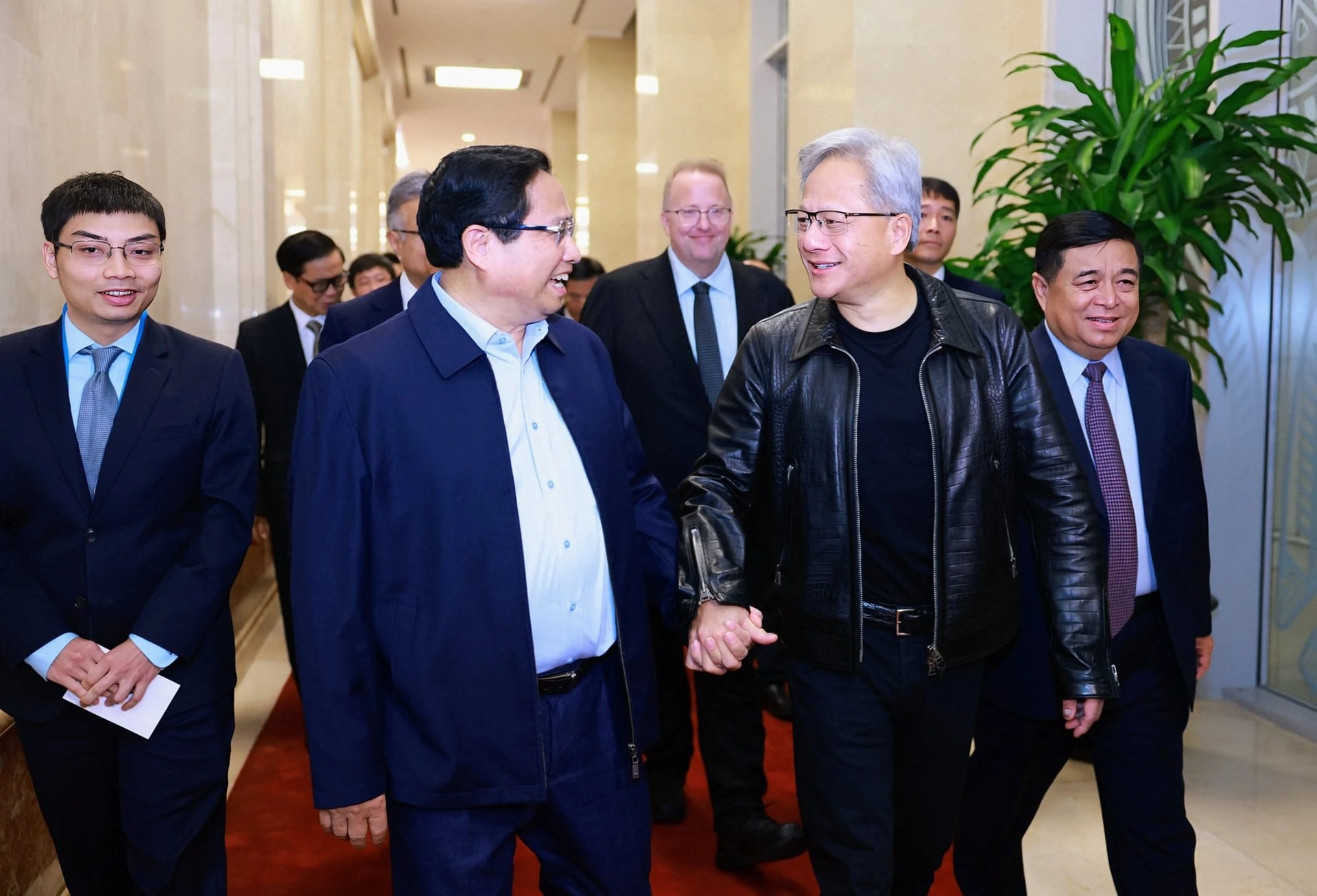
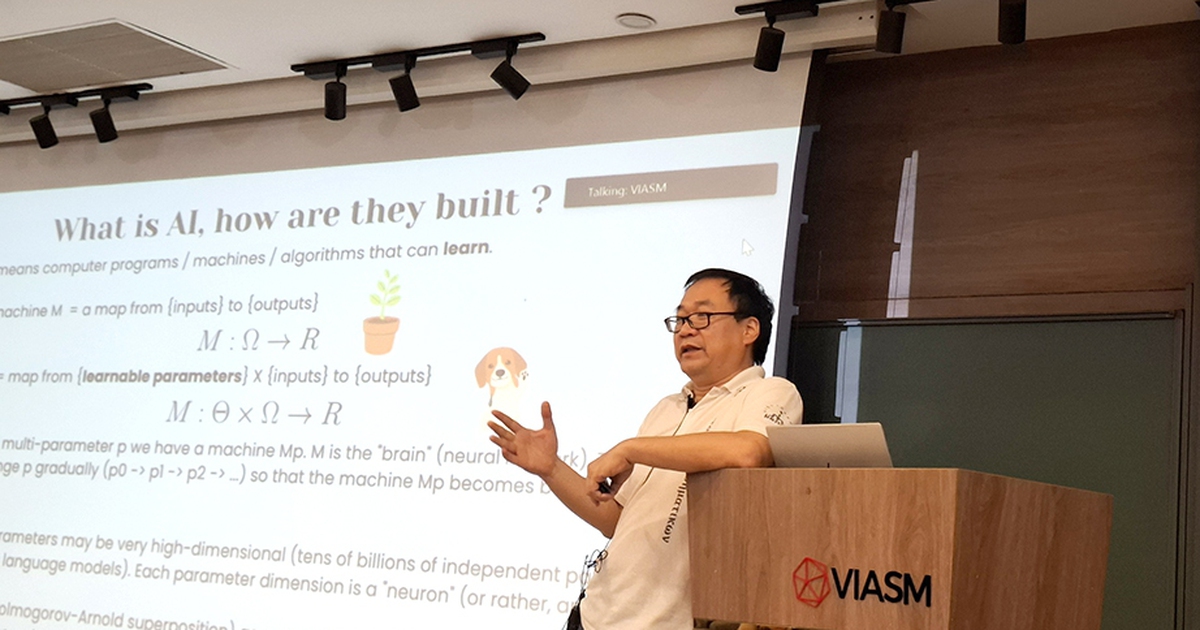
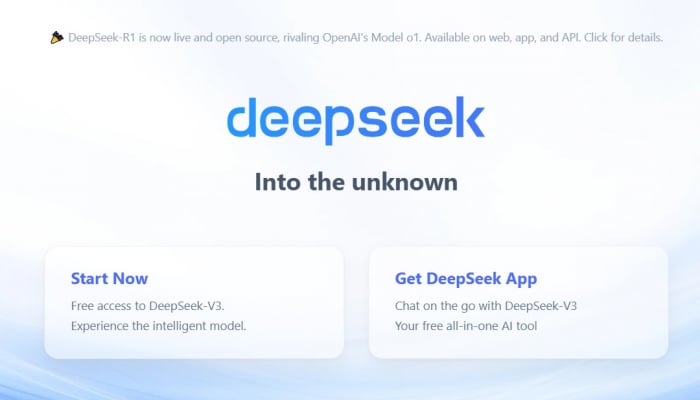
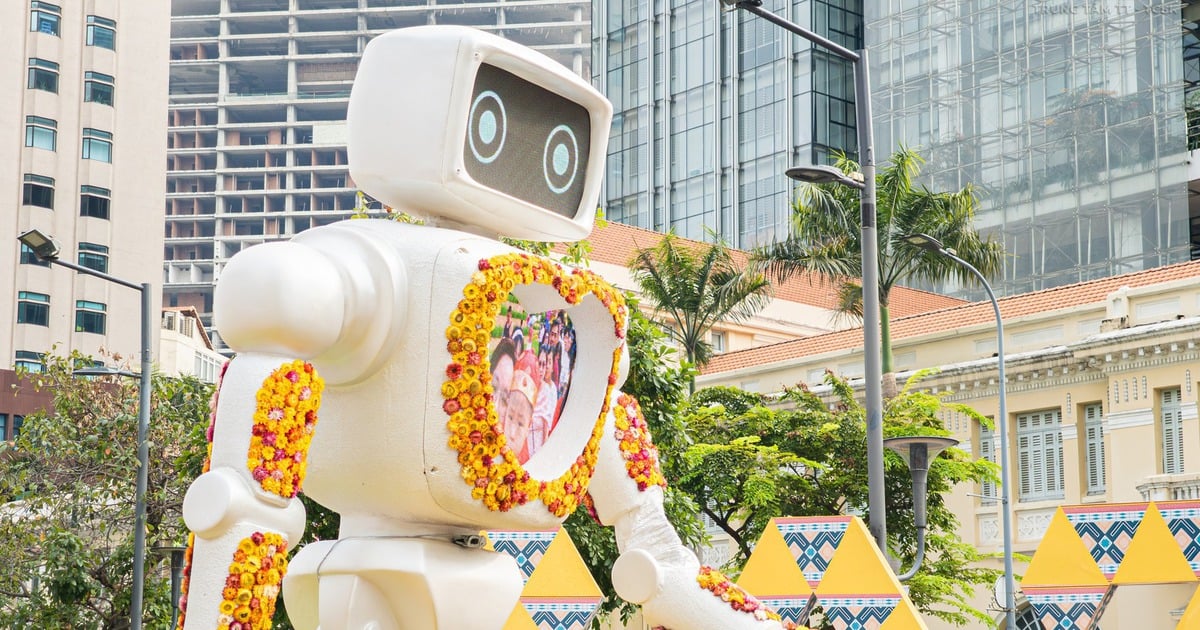






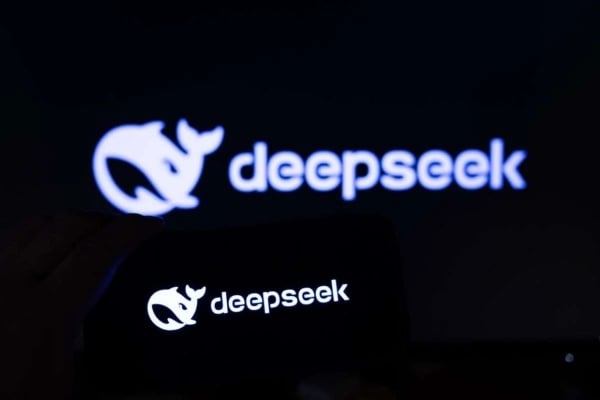




















Comment (0)